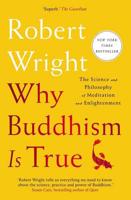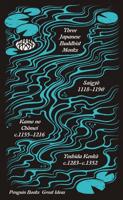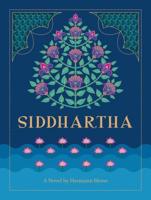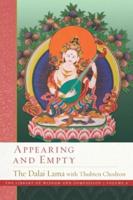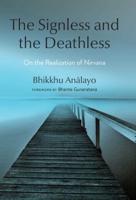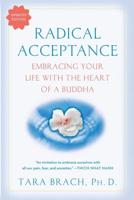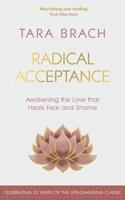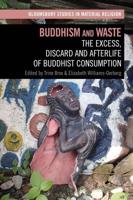Publisher's Synopsis
The ancient texts of Hinduism are considered to be Vedas, which are four in number. Rigveda is considered to be the oldest of these. It has been considered important not only from religious and cultural point of view but also from many aspects like philosophical, literary etc. Rigveda also has the distinction of being one of the oldest books in the world. Some manuscripts of Rigveda have been saved as a world heritage. After all, what is special in the Rigveda? Why is it considered the ancient book of the world? Let's know.
What is in Rigveda?
It is well known that Rigveda is the oldest and highest of the four Vedas. The Samhita of the Rigveda is also called the Rik Samhita. Rik means hymn mantra, also called Samhita compilation. In this way, it can be said about Rigveda that such a compilation of such mantras can be done in praise. In the Vedic period, different parts of nature were considered as Gods. Most of the mantras in Rigveda are also in praise of the deities. Most of the mantras are in praise of Indra Devta. The number of mantras in Rigveda is considered to be 10552.
Form of Rigveda?
Rigveda is divided into two types. In which there are ten mandalas in the first, anuvak in the mandalas, hymns in anuvak, hymns in the hymns, that is, mantras. This is called the Mandala sequence in which there are 10 Mandalas, 85 are Anuvakas, 1028 are Suktas and 10552 are Mantras. The second division of the Rigveda is called the Ashtak sequence in which it is divided into Ashtaks. The entire Rigveda is divided into eight ashtaks. There are eight chapters in an Ashtak, thus the entire Rigveda is divided into 64 chapters. Chapters are also divided into sections. However, the number of sections varies according to the chapter. The total number of classes is 2024. There are mantras in each class.Branches of Rigveda
It is believed that in the beginning there were 21 branches of Rigveda, its 21 branches are also mentioned in the Mahabhashya written by Patanjali. In the book called Charanvyuh, these five branches have been described as Shakal, Vashkal, Ashvalayani, Shankhayani and Mandukayani. At present, only the Shakal branch of Rigveda is prevalent. The code of Shakal branch is considered special in many ways.
Sage of Rigveda Mantras
It is believed about the Vedas that it was not composed by any particular person, but various sages had knowledge of its mantras by God. The names of Gritsamad, Vishwamitra, Vamadeva, Atri, Bharadvaja, Vashishta, Bhrigu and Angira can be prominently mentioned among the sages who see the mantras of Rigveda. Veda Mantras Not only to male sages, but there have been some women in the Vedic era, to whom God gave the knowledge of mantras, in which the names of Vaak Ambhrini, Surya, Savitri, Sarparagni, Yami, Vaivaswati, Urvashi, Lopamudra, Ghosha etc. can go.

